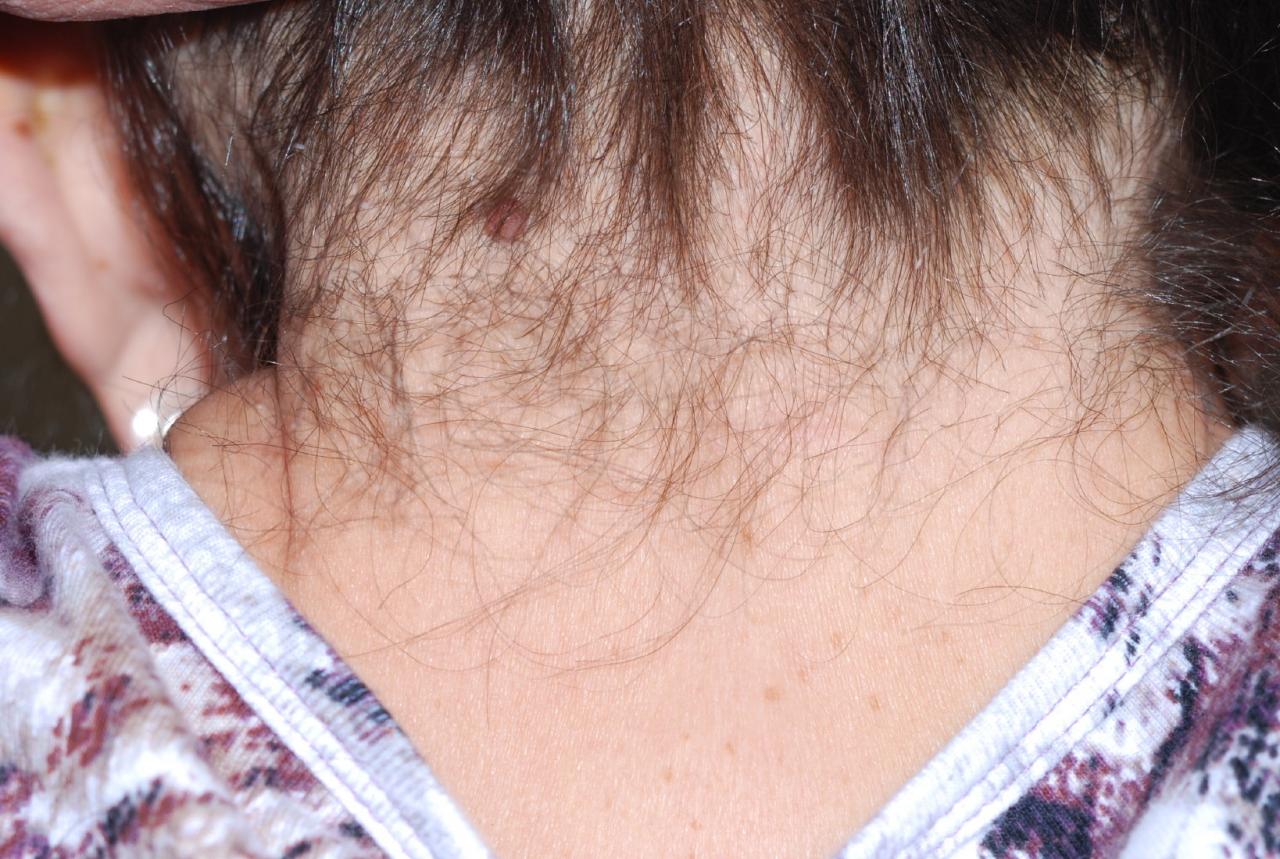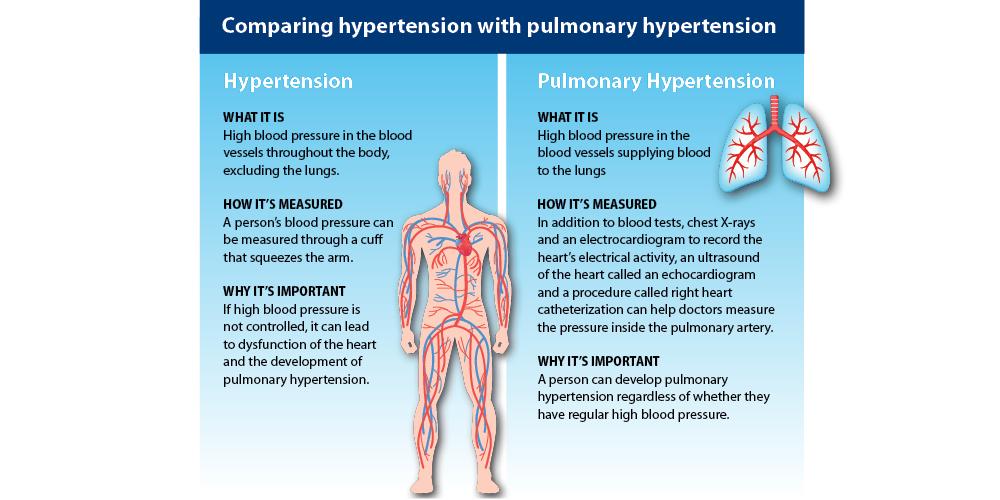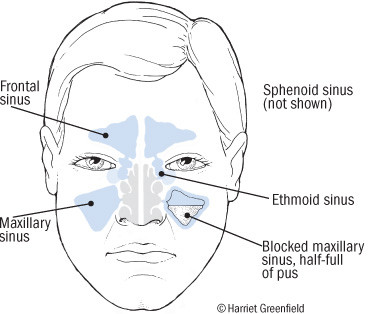Neck pain, also known as cervicalgia, is a widespread issue, affecting two-thirds of the population at some point in their lives. Although the discomfort is felt in the neck, it can stem from various spinal problems. This pain might be due to muscular tightness in the neck and upper back or could be the result of pinching of nerves or other issues.
In some cases, neck pain can indicate serious health concerns. For instance, with a cervical artery dissection, the neck pain is unusual, persistent, and often accompanied by a severe headache. The pain from a carotid artery tear usually spreads along the side of the neck and up toward the outer corner of the eye. Alternatively, a vertebral artery tear may feel like something sharp is stuck in the base of your skull. Harvard Health provides in-depth insights into when neck pain could be a sign of something more serious.
Moreover, neck pain can arise from structural issues such as arthritis, characterized by worn cartilage at the ends of neck bones, or degenerated discs, which are worn cushions between the neck bones. Often, the cause is related to strains in the neck muscles, triggered by subtle factors in daily routines. Harvard Health discusses surprising causes behind neck pain.
Cervical radiculopathy is another common cause of neck pain, involving pinching or inflammation of a cervical nerve at the point where it exits the spine. This condition, detailed by Hospital for Special Surgery (HSS), reflects the combination of radicula (small root) and pathos (disease) in its name. Cervical myelopathy is a disease that affects balance and manual dexterity, accompanied by numbness, tingling, and weakness in the arms and/or hands. HSS provides frequently asked questions about this condition.
Carotidynia, characterized by neck pain and possibly symptoms like hoarseness and fainting attacks, requires a complete neurological examination. Ostrow School of Dentistry of USC explores the symptoms, diagnosis, and treatment options for Carotidynia.
Understanding the nature of your neck pain, whether acute (nociceptive pain) or chronic (neuropathic pain), is crucial for appropriate treatment. Harvard Health provides valuable information on identifying the source of neck pain. Lastly, University of Utah Health outlines various symptoms and conditions related to neck pain, including stiffness, sharp pain, tenderness, and possible effects on arm strength and headaches.



